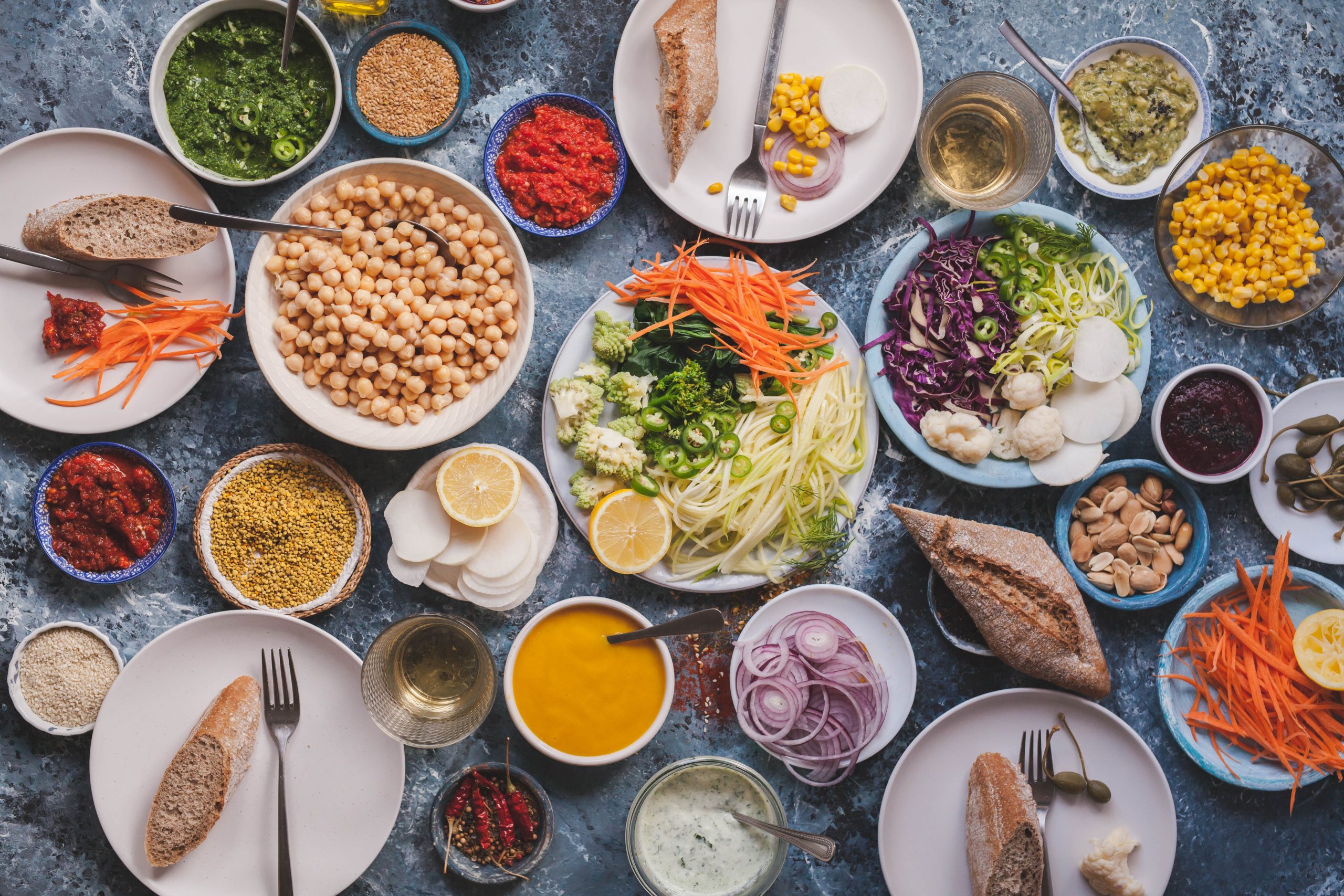
Staying Healthy with Produce Protein
A good diet does not have to be difficult to achieve, but for many people healthy eating comes with new challenges. Vegetarianism or going vegan certainly is not appealing to everyone, but when you do make the choice to reduce (or eliminate) your meat intake, it becomes even more important to include healthy sources of protein in your diet each day. Protein helps your body with many important functions and helps you maintain muscle mass. When you think of protein, steak or chicken might come to mind, but what happens when these aren’t readily available?
When your local market starts limiting meat purchases - worry not! A shift away from animal products is getting easier with more fortified and nutritious plant-based foods available to inspire creativity in the kitchen. Including a few meat replacements (even if only occasionally) on your grocery list might add some much-needed variety into family meal prep. Who knows, you may just find that some of these options may become preferable to their animal-based counter parts.
Vegetables
Many dark-colored, leafy greens and vegetables contain protein. Eaten alone, these foods are not enough to meet the average person’s daily protein requirements, but a few vegetable snacks can increase protein intake, particularly when combined with other protein-rich foods. The health benefits of replacing some processed food snacks with some of these protein rich options cannot be overstated.
Green Peas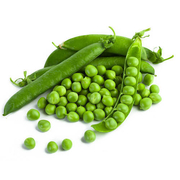
Green peas are high in protein, vitamins and minerals and can be used as more than just a side dish. Packing enough nutrition per serving to cover over 25% of your daily fiber, manganese and Vitamin A, C, & K requirements, these little green spheres deserve some added attention on the dinner plate. You can use peas as alternative protein sources in great dishes like ravioli (pea stuffed with basil) or just by adding them to your typical stir fry or soups.
Potatoes
The trusty spud gets a bad rap, but It’s actually packed with protein and vitamins C and B-6. Try russet or red potatoes for an even greater protein boost. Extra points if you eat the skin! A large baked potato offers 8 g of protein per serving. Potatoes are also high in other nutrients, such as potassium and vitamin C.
Pro tip: Add 2 tablespoons of hummus for a flavorful snack that is healthier than butter-covered potatoes and increases the protein content. Two tablespoons of hummus contain about 3 g of protein.
Asparagus
Nothing says springtime like fresh asparagus. White and Green asparagus are available in our markets today. White asparagus has a stronger, earthier taste. Size does not influence the quality of the asparagus but is a matter of preference. Try these yummy spears roasted, grilled, or steamed and pack approximately 3 grams of protein per serving. For the folks that cannot totally avoid the meat: you can even wrap them in bacon for a protein enhanced treat.
Broccoli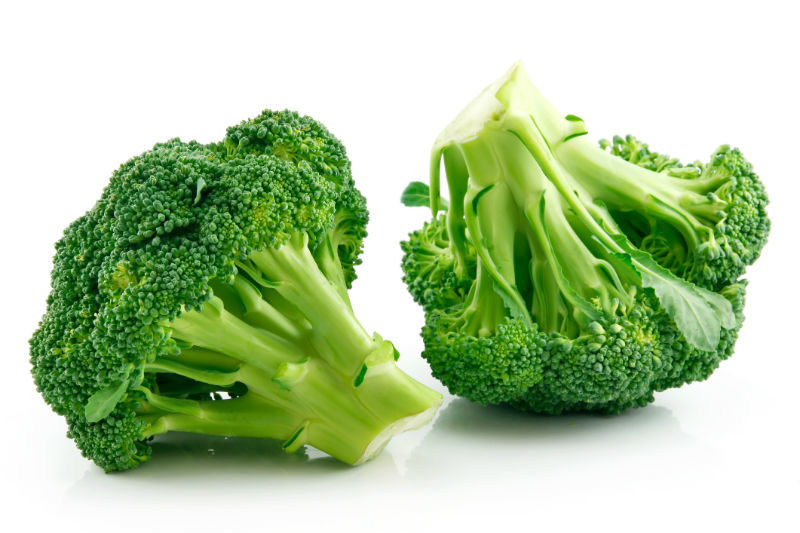
There’s a reason your parents always told you to eat your little green trees, It is hard to find a more nutritious vegetable than broccoli. In addition to protein, broccoli offers filling fiber, vitamins K and C, and more.
This super veggie is a member of the cruciferous vegetables (the cabbage family), which are helpful in the prevention of certain types of cancer. Pro Tip: Don’t forget to eat the stalk!
Avocado
You can do a lot more with an avocado than just make guacamole. While there may only be one gram of protein per serving, the versatility of avocados ensures that you can pack a few additional grams into just about any meal. Try it in a pudding or smoothie for a creamy, thick, and protein-filled twist.
Brussels Sprouts
Brussels sprout is a member of the cruciferous vegetables which are helpful in the prevention of certain types of cancer. They grow on a plant which looks like a miniature tree that surrounds the stalk. In appearance and flavor, they resemble a miniature green cabbage. With three grams of protein per serving these little sprouts can add some energy to the dinner plate.
Beans
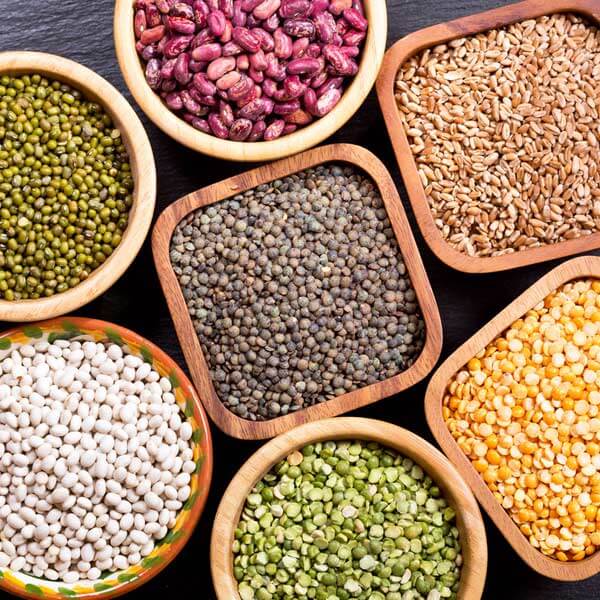
Botanically, beans are classified into a group of plant foods known as legumes. These plants produce fruits and seeds inside a pod. As legumes are nutritionally unique, they’re sometimes considered their own food group. However, they’re more frequently categorized with other plant foods like vegetables.
Many people consider beans and peas as vegetarian alternatives for meat because of their protein content, but they are also excellent sources of dietary fiber and nutrients such as folate and potassium. Kidney, black, pinto and most other varieties of beans contain high amounts of protein per serving. Chickpeas, also known as garbanzo beans, are another legume with a high protein content.
Both beans and chickpeas contain about 15 grams of protein per cooked cup. They are also excellent sources of complex carbs, fiber, iron, folate, phosphorus, potassium, manganese and several beneficial plant compounds. Add beans to your diet by making a tasty bowl of homemade chili, or enjoy extra health benefits by sprinkling a dash of turmeric on roasted chickpeas
Straight-Forward Protein Substitutes
Seitan
Seitan is a mock meat made from wheat gluten. Its high protein content, meat-like texture and versatility make it a popular plant-based protein choice among many vegetarians and vegans. Typically seitan is found in the produce department or dedicated non-meat refrigerated section of the supermarket. Seitan can be pan-fried, sautéed and even grilled making it easy to incorporate in a variety of recipes as a direct meat substitute.
Tofu, Tempeh and Edamame
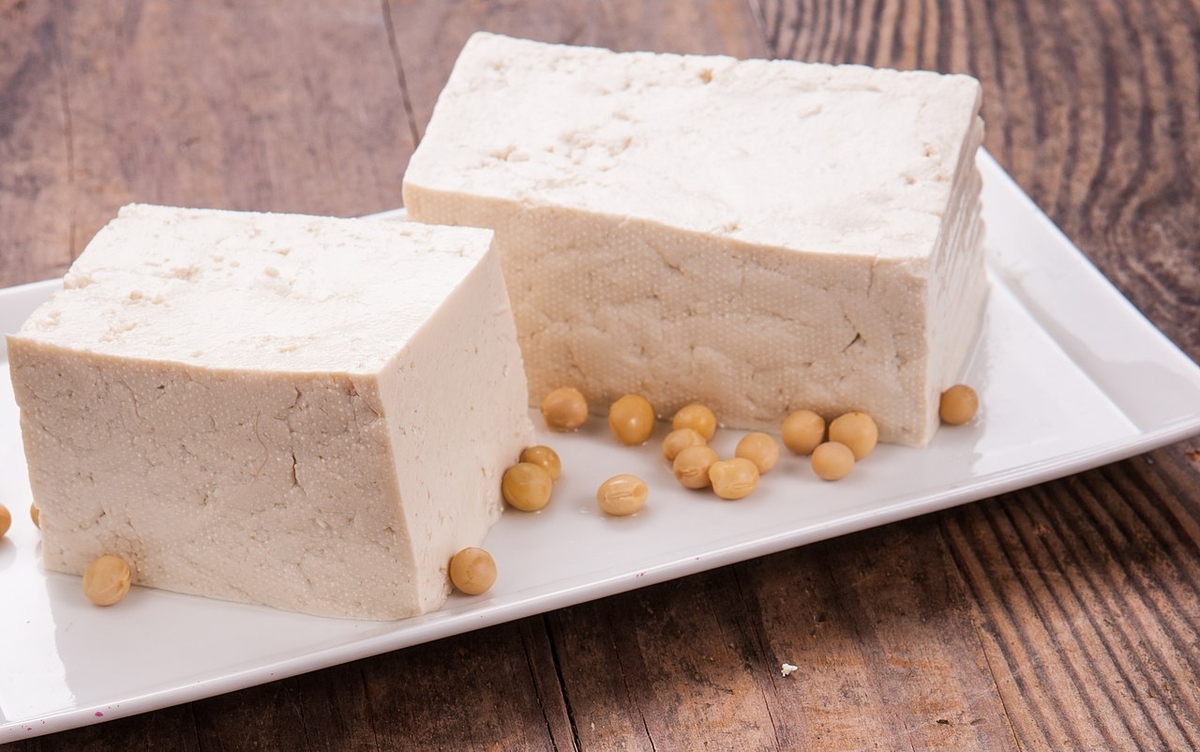
Tofu, tempeh and edamame all originate from soybeans which are considered a whole source of protein. This means that each provides the body with all the essential amino acids it needs.
Edamame are immature soybeans with a sweet and slightly grassy taste. They need to be steamed or boiled prior to consumption and can be eaten on their own or added to soups and salads.
Tofu is made from bean curds pressed together in a process like cheesemaking. Tempeh is made by cooking and slightly fermenting mature soybeans prior to pressing them into a patty. While tofu does not have much taste, it easily absorbs the flavor of the ingredients it is prepared with. This makes it easy to flavor through marinating or frying with spices or seasonings. This makes it perfect as a meat replacement, as the same spices, marinades and seasonings you might use on chicken will transition nicely to your tofu dishes.
Comparatively, tempeh has a characteristic nutty flavor than requires no additional flavoring unless desired. Both can be easily crumbled and seasoned to replace ground beef or similar meat options for tacos, pastas, etc.
All three contain iron, calcium and 10-19 grams of protein per 3.5 ounces. Edamame are also rich in folate, vitamin K and fiber. Tempeh contains a good amount of probiotics, B vitamins and minerals such as magnesium and phosphorus.
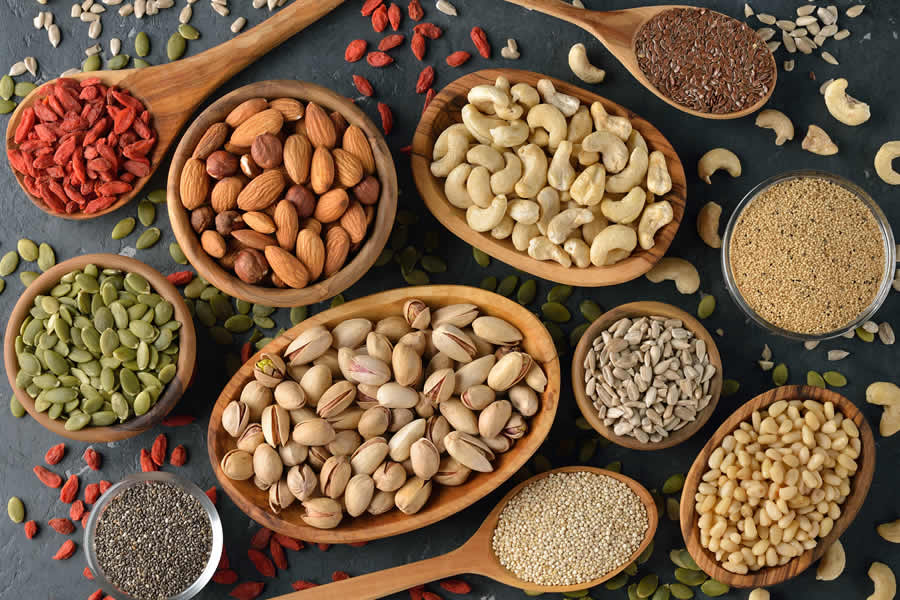
Nuts & Seeds
Nuts, seeds and their derived products are great sources of protein. One ounce contains between 5–7 grams of protein, depending on the nut and seed variety. Nuts and seeds are also great sources of fiber and healthy fats, in addition to iron, calcium, magnesium, selenium, phosphorus, vitamin E and certain B vitamins.
When choosing which nuts and seeds to buy, keep in mind that blanching and roasting may damage the nutrients in nuts. So reach for raw, unblanched versions whenever possible
Pistachios
Shelling pistachios may be a challenge, but it’s worth the effort. Pistachios are not only delicious by the handful, but are versatile enough to enjoy in baked goods, on top of salads, and as a coating for fish.
Almonds
Almonds are delicious and nutritious. They’re a great source of protein, healthy fats, vitamin E, and antioxidants. Get the most nutrients by eating almonds with the skin intact.
Chia Seeds
These tiny black seeds have earned their superfood status. Even a small amount has a ton of protein, fiber, omega-3 fatty acids, and other nutrients. Chia seed pudding is a popular choice, but don’t be afraid to try out these seeds in other dishes.


